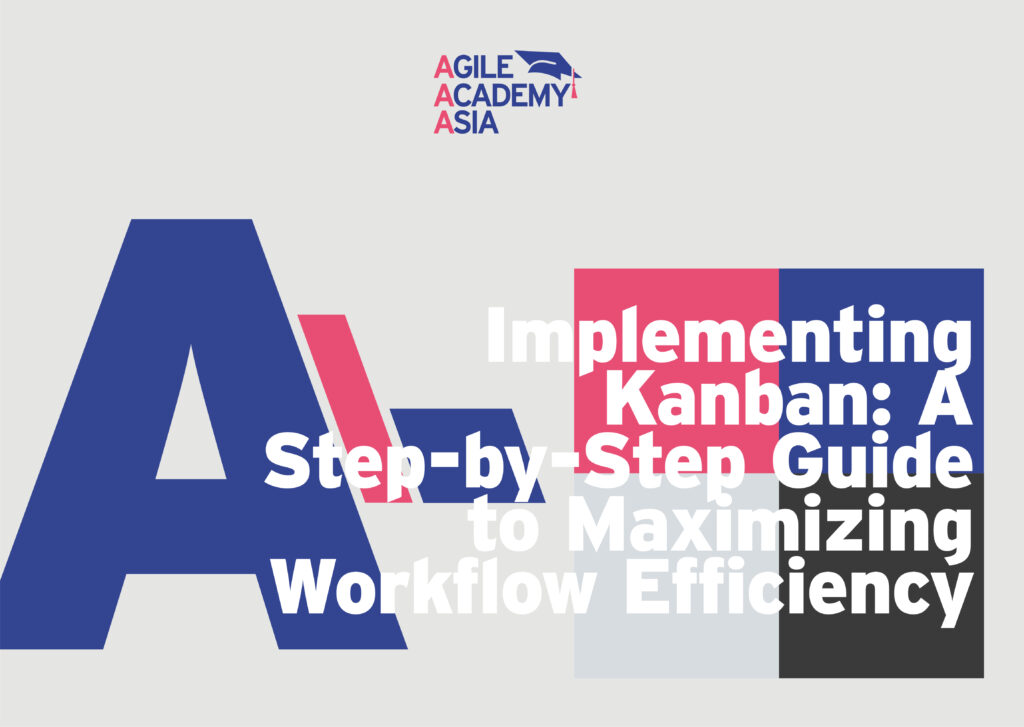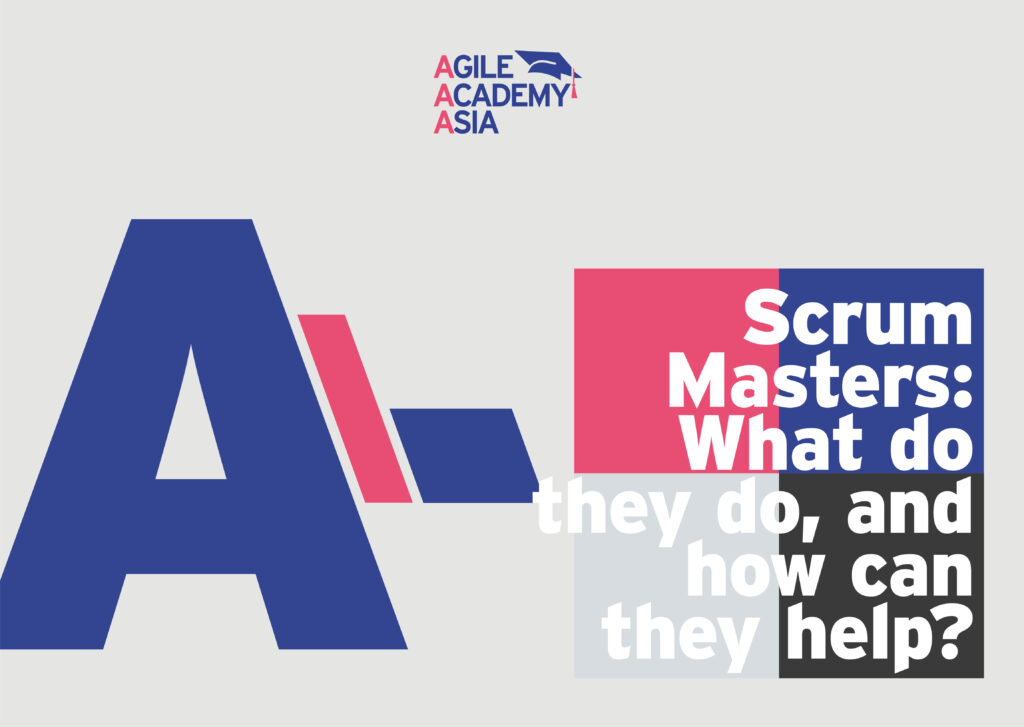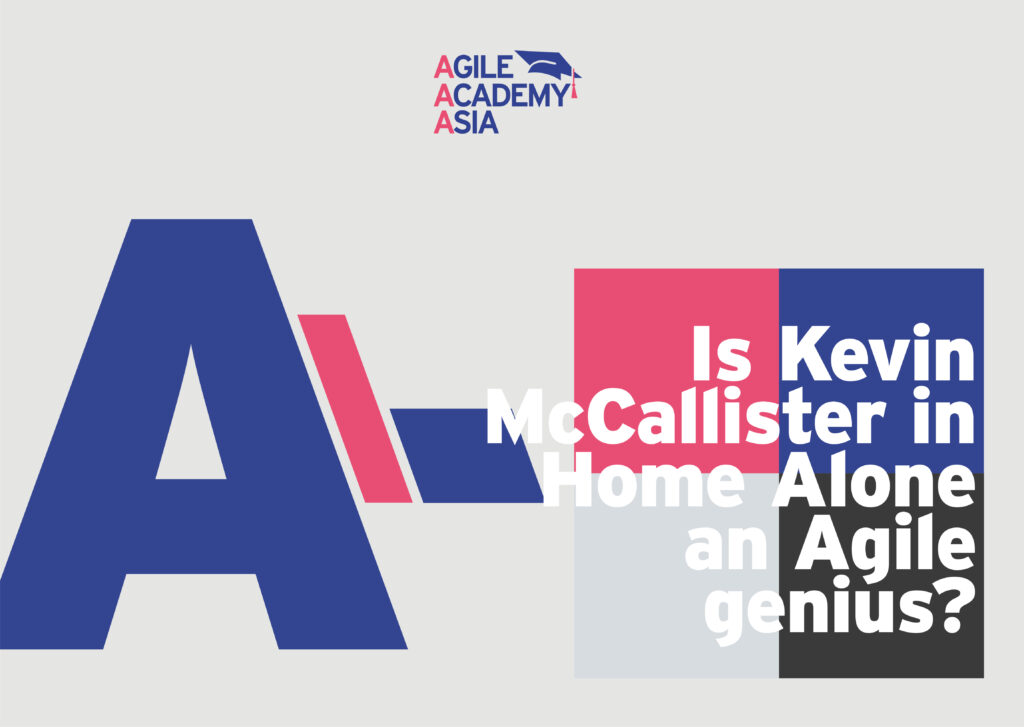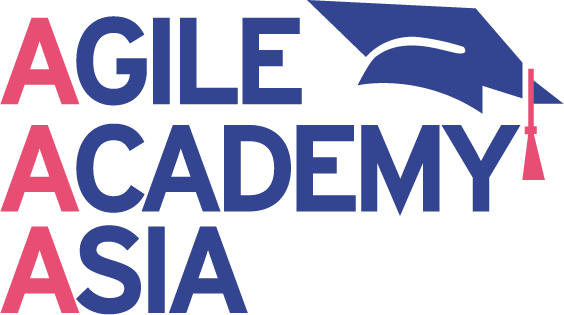Start Your Agile Professional Journey in Asia

Start Your Agile Professional Journey in Asia The value of an Agile professional is immense. Agile professionals ensure that projects are completed efficiently and on time. They can quickly adapt to changing requirements and work with stakeholders to develop solutions that meet their needs. By having an Agile mindset, Agile professionals can work in a […]
Say Goodbye to Job Titles

Say Goodbye to Job Titles As technology revolutionizes the workplace, many companies are rethinking the traditional organizational structure of job titles and the roles they serve. Instead of relying on complex hierarchies and titles to designate job responsibilities, some organizations are exploring the idea of eliminating job titles entirely. This movement towards a “no job […]
Don’t Let Agile Fail You – Uncover the Most Common Agile Mistakes

Don’t Let Agile Fail You – Uncover the Most Common Agile Mistakes Agile is popular, but it has its share of failures. While it has advantages, Agile development can take time to implement and sustain. It requires a high level of discipline and commitment from the team, and it can be challenging to balance the […]
Unlock Your True Potential: How to Become a Certified Scrum Master!

Unlock Your True Potential: How to Become a Certified Scrum Master! Scrum Masters have become an increasingly important part of project management in software development and other industries. A Scrum Master is a facilitator and leader who helps a team work together to achieve its goals. They are responsible for guiding the team through working […]
Unlock the Secrets of Agile Transformation: A Step-by-Step Guide

Unlock the Secrets of Agile Transformation: A Step-by-Step Guide Agile transformations are widespread in businesses of all sizes. In short, an agile transformation is a process of changing the way a business operates to be more agile or responsive to customer needs and demands. An agile transformation aims to improve the speed of execution and […]
Implementing Kanban: A Step-by-Step Guide to Maximizing Workflow Efficiency

Implementing Kanban: A Step-by-Step Guide to Maximizing Workflow Efficiency Kanban is a popular Lean workflow management method for defining, managing and improving services that deliver knowledge. It enables you to visualize work, maximize efficiency, and improve continuously. On Kanban boards, work is represented, allowing you to manage even the most complicated projects in a single […]
5 Misconceptions about the Role of a Scrum Master

5 Misconceptions about the Role of a Scrum Master The role of a Scrum Master is an integral part of the Scrum framework, facilitating the team’s work, helping to remove impediments, and providing guidance and support. However, many still misunderstand what a Scrum Master does and their responsibilities. Here are five common misconceptions about the […]
Scrum Masters: What do they do, and how can they help?

Scrum Masters: What do they do, and how can they help? The role of the Scrum Master is critical in any organization attempting to adopt the Scrum framework. Scrum Masters are responsible for continuously improving human interaction, processes, and techniques to maximize the benefits of the Scrum framework. In the Scrum framework, the Scrum Master […]
Understanding Agile Project Management: What Is It and How Does It Work?

Understanding Agile Project Management: What Is It and How Does It Work? Agile project management is an approach to project management based on the Agile methodology. It is a mindset that focuses on delivering projects iteratively and incrementally, with increased collaboration between teams and stakeholders. Agile project management aims to provide a more flexible and […]
Is Kevin McCallister in Home Alone an Agile genius?

Is Kevin McCallister in Home Alone an Agile genius? Home Alone is a beloved Christmas classic that captured viewers’ hearts everywhere. This heartwarming story follows the adventures of 8-year-old Kevin McCallister as he outsmarts two bumbling burglars. But did Kevin achieve that success because of his clever use of Agile methodology? When Kevin McCallister was […]
